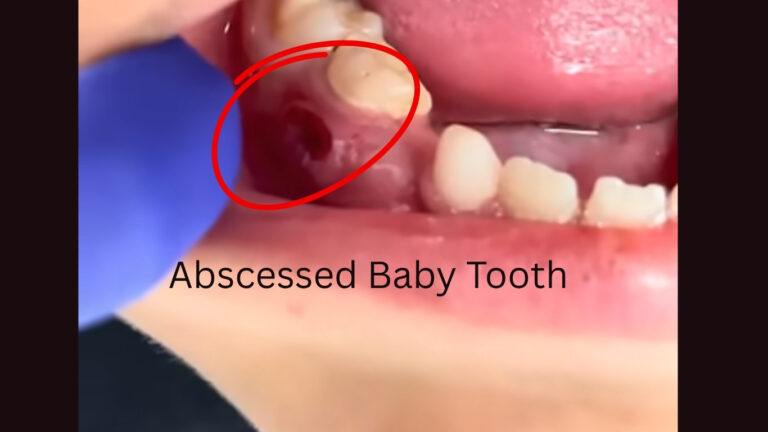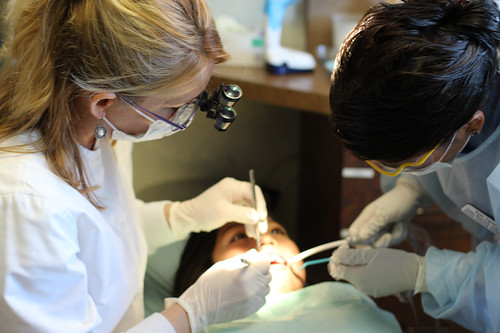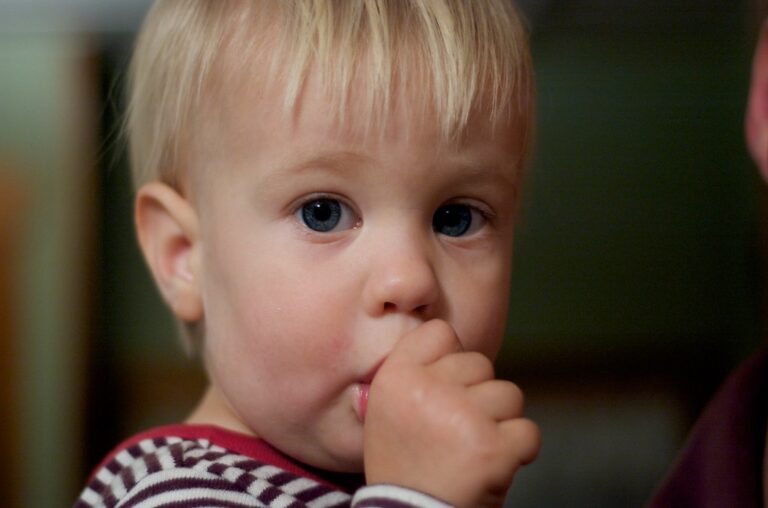Does Breastfeeding at Night Affect Baby Teeth?
For many new parents, nighttime breastfeeding is a deeply comforting routine—for both baby and caregiver. It helps soothe infants back to sleep, strengthens bonding, and provides essential nutrition during the first year of life. But as your baby begins to sprout those tiny first teeth, you might start to wonder: Could feeding at night actually affect their dental health?
This is a question pediatric dentists hear often, and the answer isn’t entirely black and white. Let’s explore what the research says, what parents should consider, and how to find the right balance between nurturing and protecting your baby’s developing smile.
The Basics: How Cavities Form
Before diving into the role of breastfeeding, it’s helpful to understand how tooth decay—also known as early childhood caries—develops. Cavities form when sugars (from food or drinks) interact with bacteria in the mouth. These bacteria produce acids that gradually wear down tooth enamel.
While breast milk is natural and nutrient-rich, it does contain “lactose”, a form of sugar. On its own, breastfeeding is unlikely to cause cavities. However, if a baby feeds frequently during the night and doesn’t have a chance to clear milk from their mouth (through swallowing, saliva flow, or brushing), the sugars can linger on the teeth and potentially lead to decay over time.
What Does the Research Say?
Studies have shown that “exclusive breastfeeding during the first six months” is generally beneficial and not associated with an increased risk of tooth decay. In fact, breastfed babies tend to have fewer ear infections and better jaw development due to the sucking motion involved in nursing.
However, “frequent nighttime breastfeeding after teeth erupt—especially beyond 12 months—may increase the risk of cavities”, particularly when:
– The baby falls asleep with milk pooling in the mouth
– Feedings occur multiple times throughout the night
– Oral hygiene isn’t performed before bedtime or after night feedings
It’s not the act of breastfeeding itself that’s harmful—it’s the combination of **prolonged exposure to milk sugars** and **a lack of cleaning** that creates the risk.
Signs of Early Tooth Decay in Babies
Tooth decay doesn’t always start with obvious holes or pain. In fact, early decay in infants can be surprisingly subtle—and easy to miss if you’re not sure what to look for. That’s why parents play such a crucial role in spotting the first signs before the problem progresses.
One of the earliest indicators of decay is the appearance of chalky white or light brown spots on the front upper teeth, especially near the gumline. These patches may look like harmless discoloration at first, but they signal demineralization—the initial breakdown of the tooth’s protective enamel layer due to acid attack. Unlike food stains or plaque, these spots may not wipe off easily and often feel rough or dry to the touch.
As the decay worsens, you may notice the following changes:
- Dark brown or black areas on the tooth surface, indicating that the enamel is no longer intact and bacteria have penetrated deeper into the tooth.
- Pitting or small holes in the teeth. These are signs that cavities are forming and may soon require treatment if not addressed early.
- Increased sensitivity to temperature or sweet foods. Your baby may flinch, cry, or pull away while eating, especially with cold milk or fruit.
- Avoiding food or becoming irritable during meals. If your child suddenly refuses favorite foods or becomes fussy at feeding time, it could be related to discomfort caused by early decay.
- Bad breath or a sour smell from the mouth, which can occur as bacteria build up around decayed areas.
These early signs of decay are often easier to catch if you take time once a week to gently examine your baby’s teeth under good lighting. Lift the lip and look closely at the gumline of the front teeth, where decay tends to start first—especially in babies who nurse or bottle-feed frequently at night.
If you notice anything that seems unusual—even if it’s just a faint spot—it’s wise to schedule an evaluation with a pediatric dentist. Catching decay in its earliest stage gives you the best chance of reversing or managing it with minimal treatment, avoiding fillings or extractions later on.
Remember: baby teeth may be temporary, but their health has a lasting impact on your child’s speech, chewing, and future smile development. Regular monitoring and early intervention are the keys to keeping those little teeth strong and healthy.
Tips to Protect Your Baby’s Teeth While Breastfeeding at Night
The good news is that you don’t need to give up nighttime nursing altogether to protect your baby’s teeth. With a few simple changes, you can continue breastfeeding while minimizing the risk of decay:
1. Establish a daily oral hygiene routine early—even before teeth appear
Good oral care starts well before your baby’s first tooth breaks through. Begin by gently wiping your baby’s gums with a clean, soft cloth or a silicone finger brush after feedings. This helps remove milk residue and gets your baby used to the sensation of oral cleaning.
Once that first tooth erupts—usually around 6 months—switch to a soft-bristled baby toothbrush and introduce a rice-sized amount of fluoride toothpaste. Make brushing part of the daily bedtime routine, especially after the last feed. Cleaning your child’s mouth before they fall asleep minimizes the sugars left behind and gives their teeth the best chance to stay cavity-free.
2. Don’t let baby fall asleep with milk pooled in their mouth
It’s common for babies to drift off while nursing, but this can allow milk to collect around the teeth and gums, particularly if they’re latched for comfort rather than feeding. Over time, this lingering milk—while natural and nourishing—can contribute to an environment where cavity-causing bacteria thrive.
To reduce that risk, try to gently unlatch your baby once they’ve finished active sucking. Some parents find it helpful to nurse slightly earlier in the bedtime routine so they can clean the baby’s mouth afterward. A clean mouth before sleep can significantly lower the risk of overnight decay.
3. Gradually reduce nighttime feedings as your child grows
As your baby moves into toddlerhood and begins eating more solid foods during the day, they will gradually need less milk at night. Speak with your pediatrician or pediatric dentist about when and how to begin spacing out or limiting overnight feedings.
Reducing the number of nighttime feeds not only supports better dental health—it can also help your child establish more consistent sleep patterns, which benefits both them and you. If your child wakes out of habit rather than hunger, comfort strategies like back rubbing, cuddling, or a favorite bedtime toy can be introduced to help them self-soothe.
4. Don’t delay the first dental visit
Many parents wait too long before scheduling their child’s first dental appointment. However, the American Academy of Pediatric Dentistry recommends that children see a dentist by their first birthday or within six months of the first tooth appearing—whichever comes first.
This early visit isn’t just about checking for cavities; it’s a chance for parents to learn how to properly care for their baby’s teeth, get personalized advice, and ensure everything is developing normally. It also helps your child become familiar with the dental environment early on, making future visits more comfortable.
Final Thoughts
Nighttime breastfeeding is a natural and nurturing part of early childhood, and you should never feel guilty for providing that comfort. But as teeth come in, it’s important to be mindful of oral hygiene and feeding habits—especially at night, when saliva production is lower and sugars can linger longer.
With proper cleaning, regular dental visits, and small adjustments to your bedtime routine, you can support both your baby’s emotional needs and their growing smile.






